Yorkshire's abbeys are rich with history and architectural beauty, from the majestic ruins of Fountains Abbey to the dramatic coastal remains of Whitby Abbey.
Each abbey offers a unique glimpse into the past, inviting you to explore their stories of faith, power, and medieval life.
Embark on a journey through these magnificent sites and uncover the fascinating tales they hold!
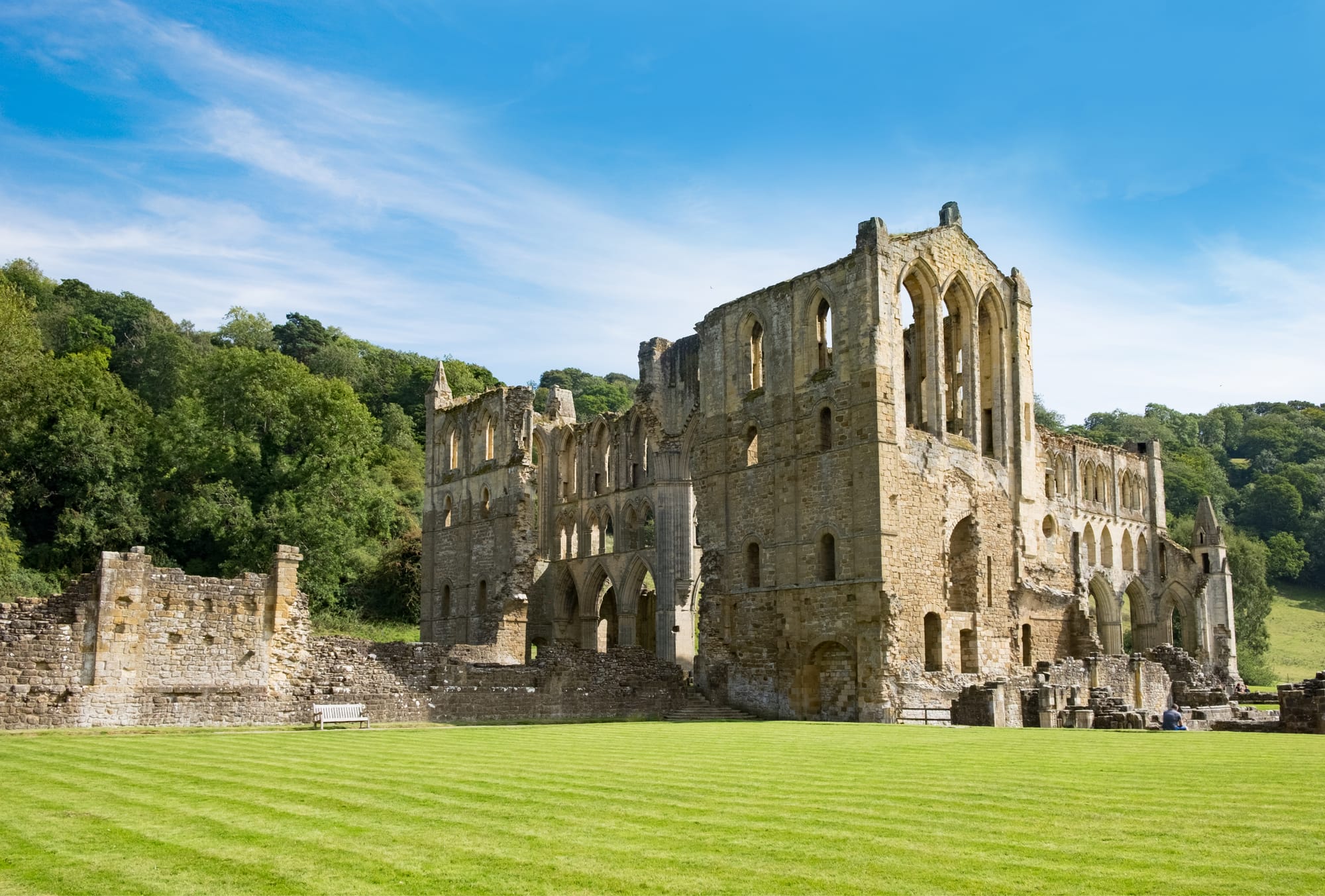
Rievaulx Abbey
Nestled in a serene valley, Rievaulx Abbey was one of the first Cistercian abbeys in England. Founded in 1132, its grand ruins reflect a once-thriving monastic community and provide a peaceful retreat into medieval spirituality.
––––––––––
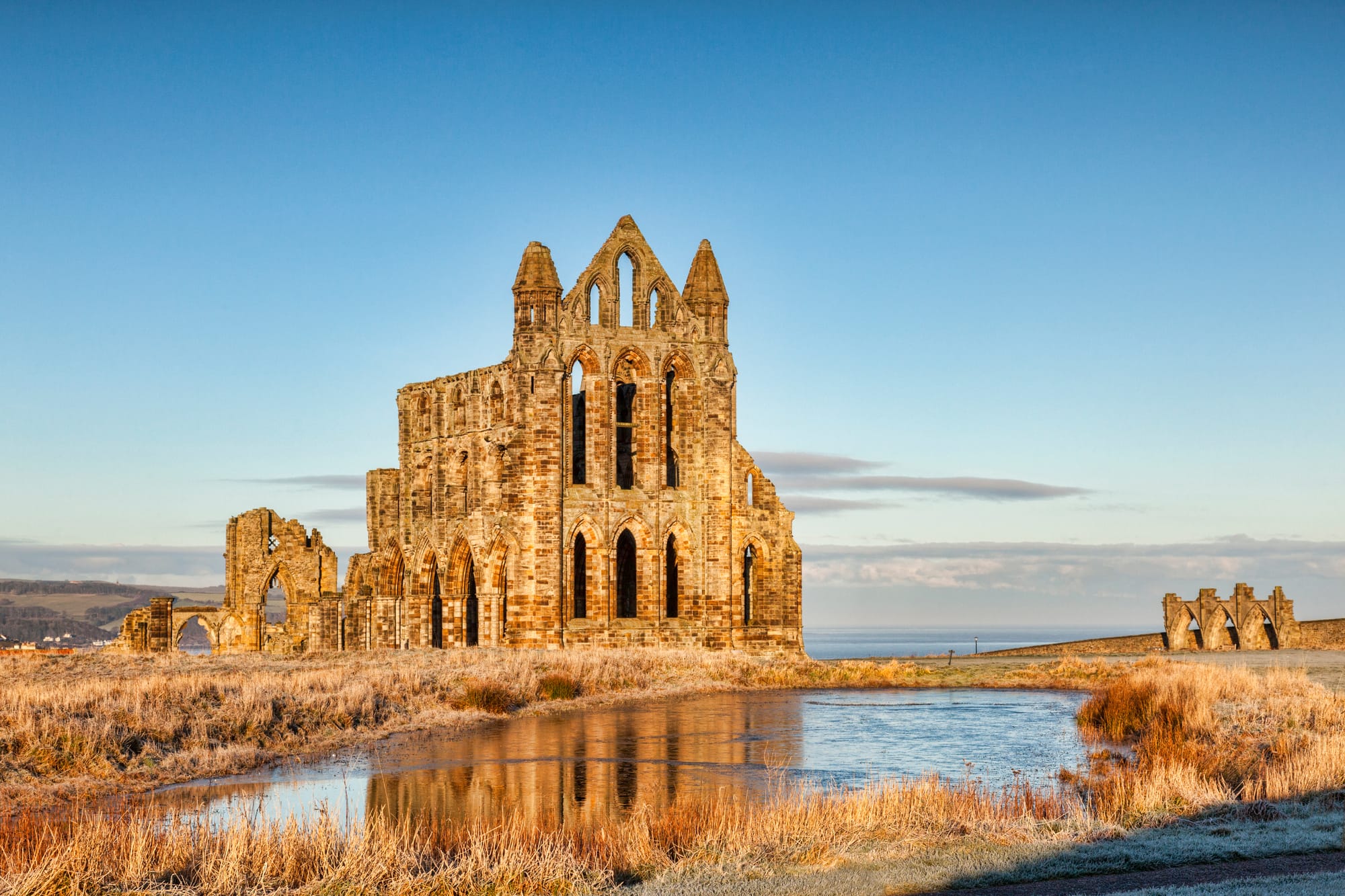
Whitby Abbey
Perched high on a cliff, Whitby Abbey’s striking ruins have inspired legends and literature, including Bram Stoker's "Dracula". This 7th-century abbey offers breathtaking views over the North Sea and a deep connection to early Christian history in England.
––––––––––
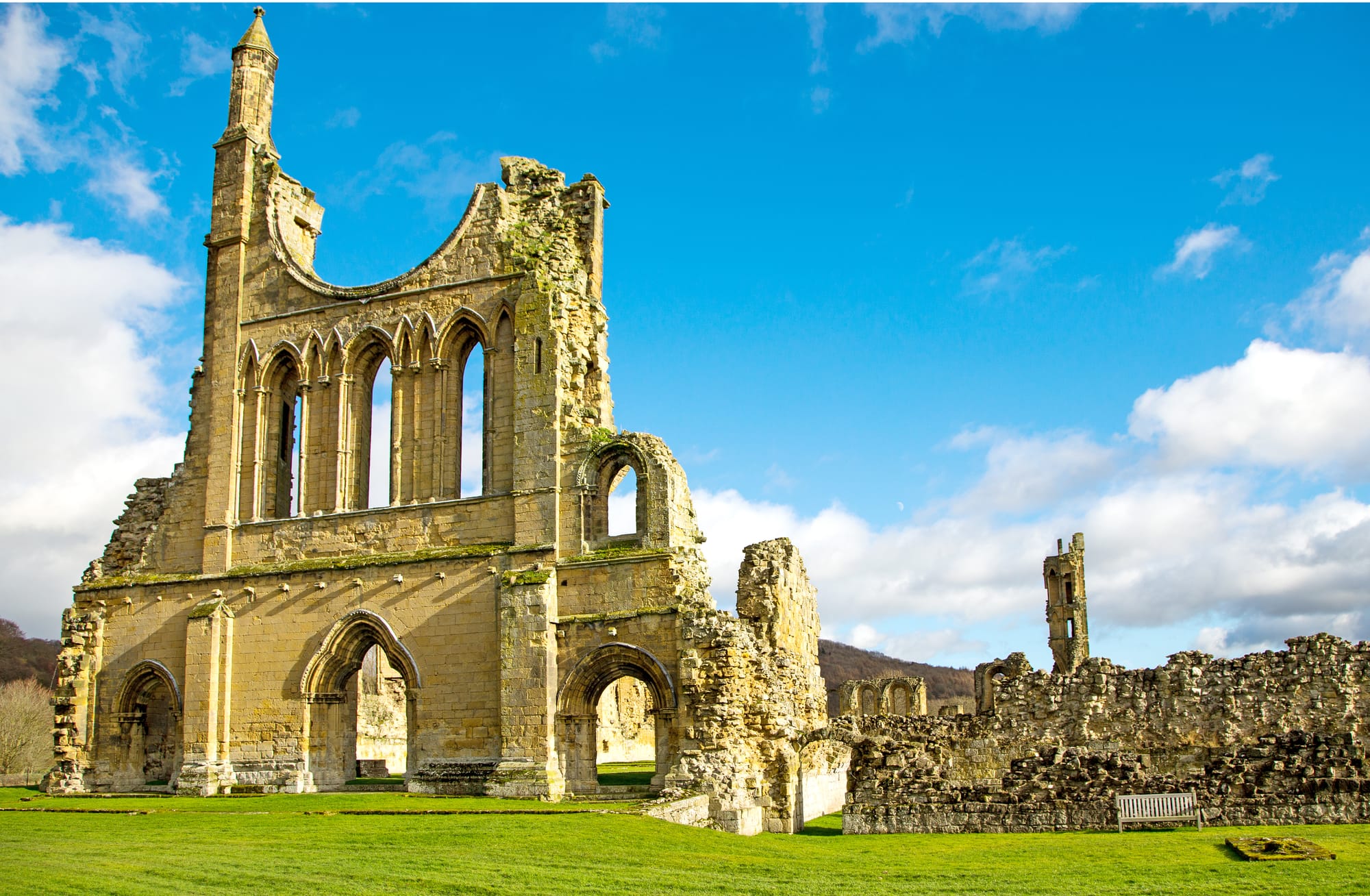
Byland Abbey
Known for its impressive Gothic architecture, Byland Abbey was a model for other Cistercian abbeys. Founded in the 12th century, its ruins include a stunning rose window and reveal the story of monastic life in medieval Yorkshire.
––––––––––
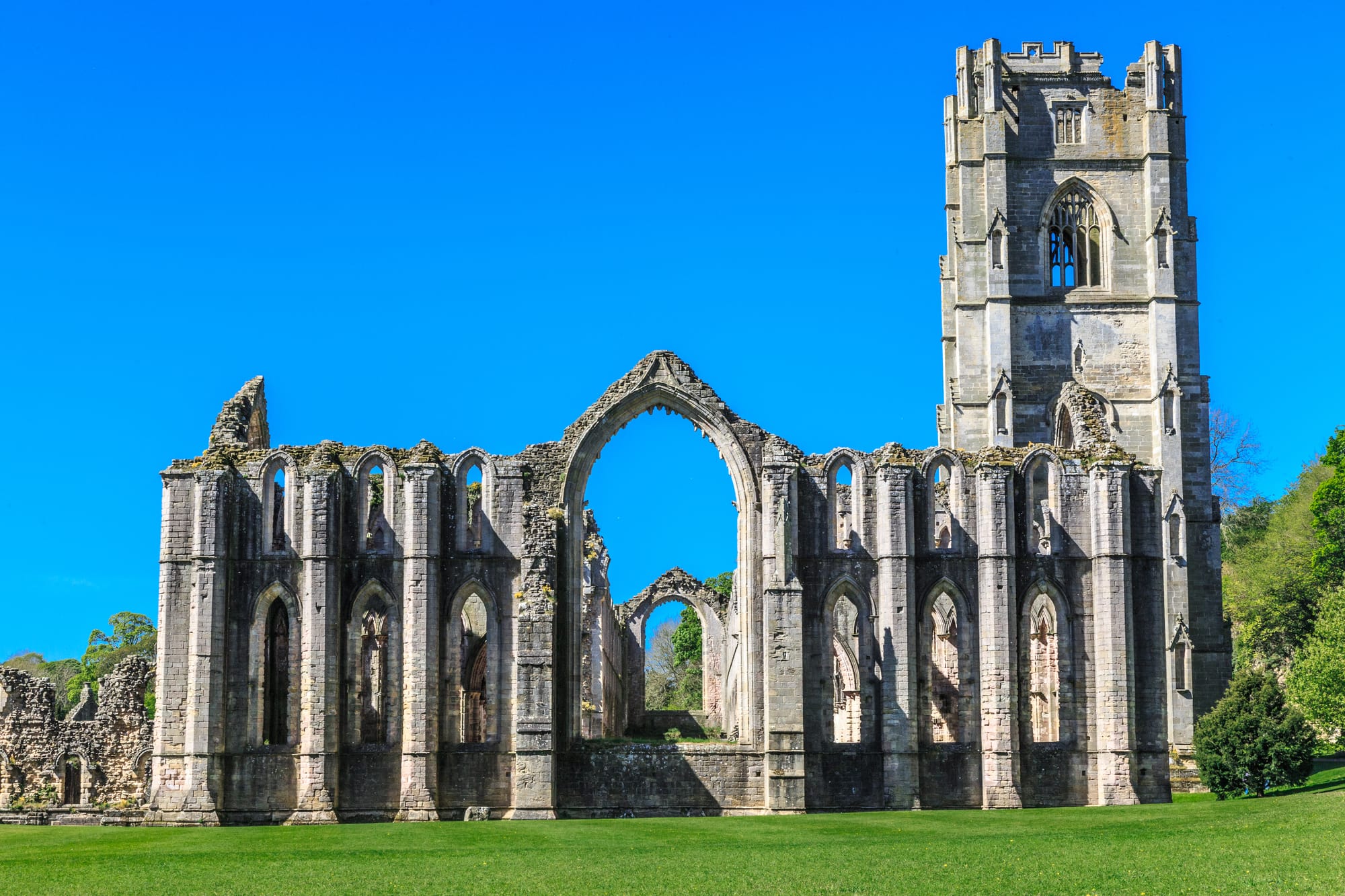
Fountains Abbey
As one of the largest and best-preserved Cistercian monasteries in England, Fountains Abbey’s majestic ruins are set in a picturesque landscape. Founded in 1132, it offers a glimpse into the grandeur and tranquility of monastic life.
––––––––––
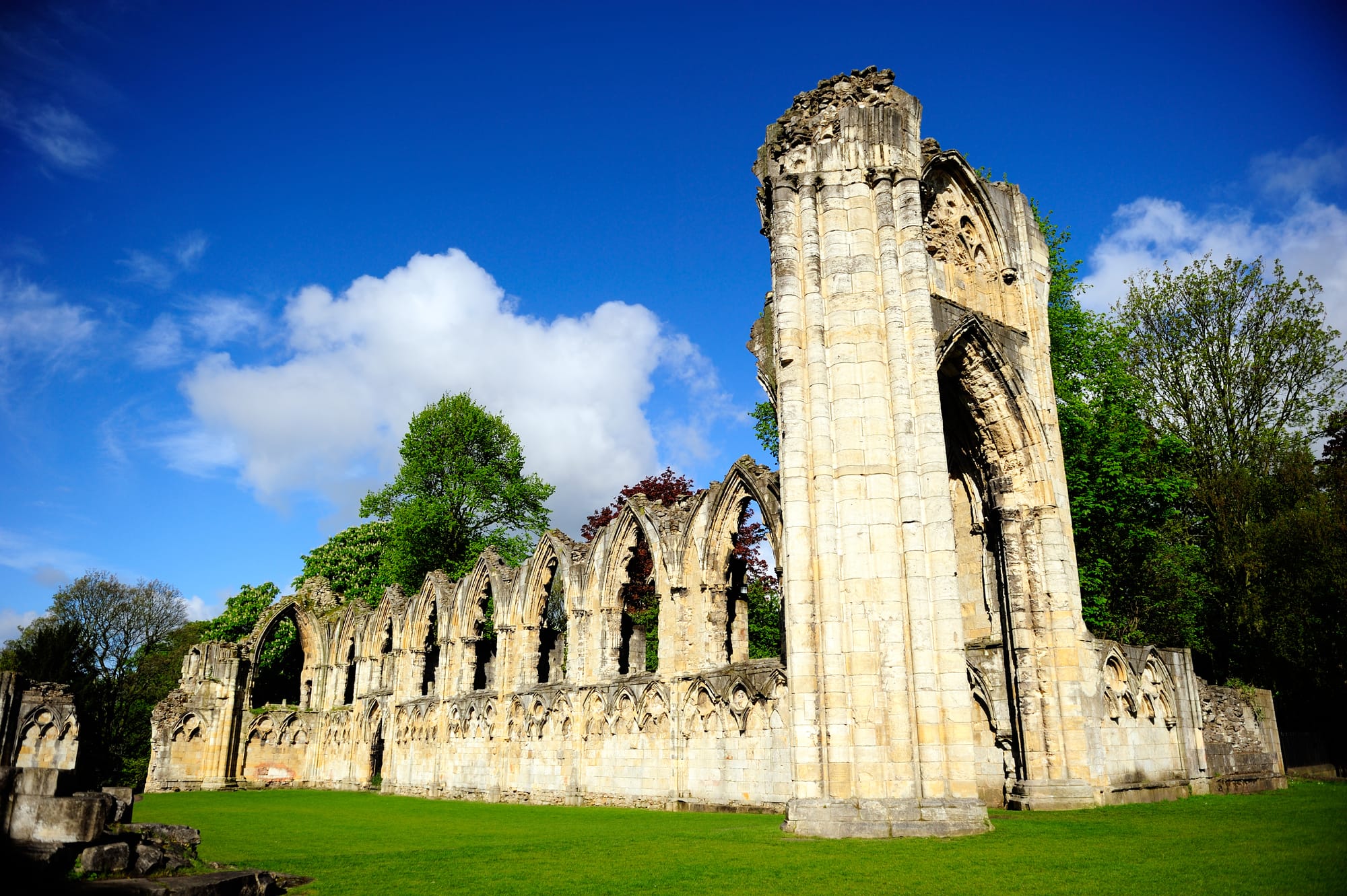
St Mary's Abbey, York
Located within the Museum Gardens, the ruins of St Mary’s Abbey tell the tale of one of the wealthiest Benedictine monasteries in England. Founded in 1088, its remnants offer a fascinating insight into medieval religious life and architecture.
––––––––––
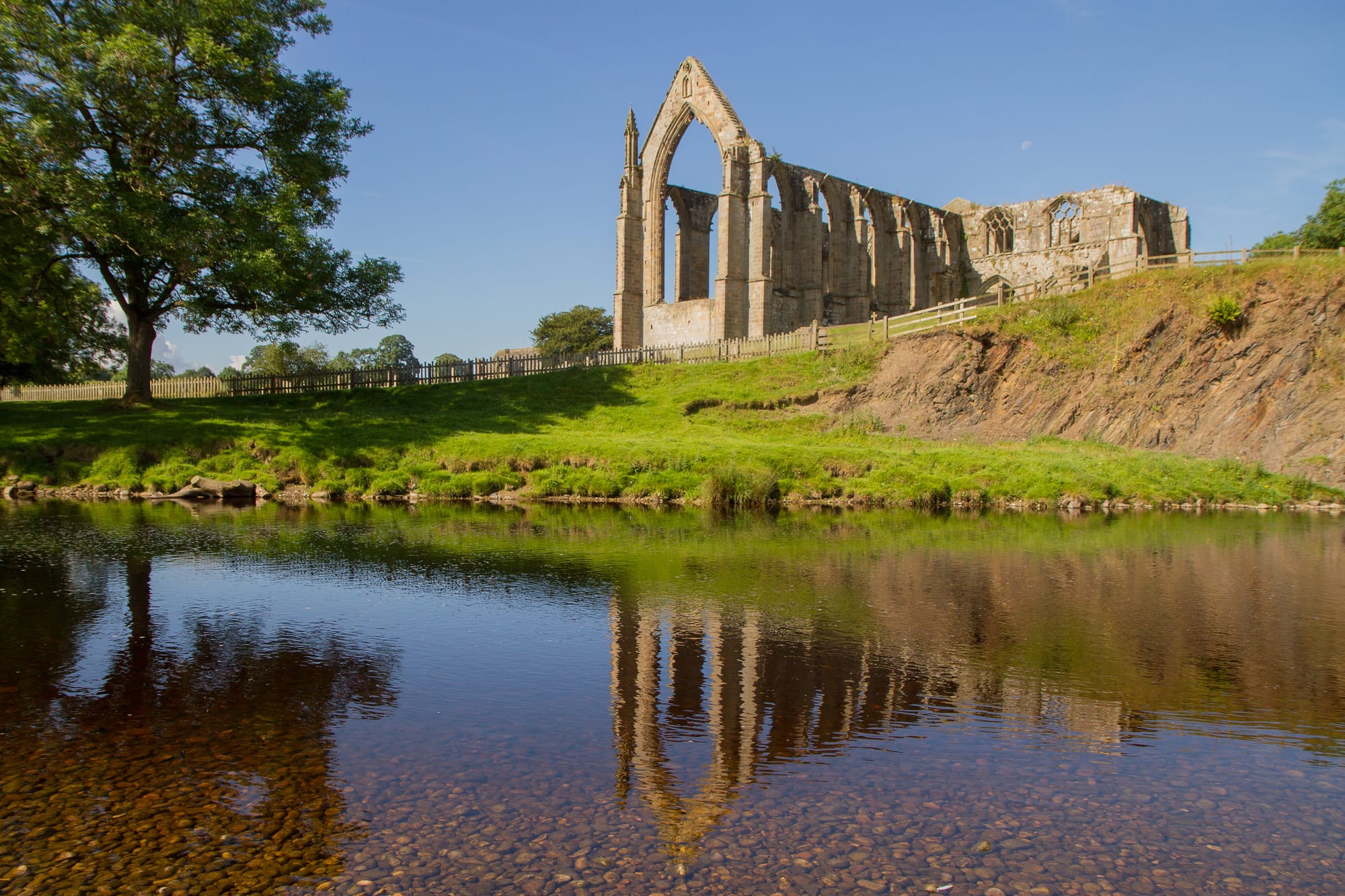
Bolton Abbey
Situated in the stunning Yorkshire Dales, Bolton Abbey’s Augustinian priory ruins are surrounded by beautiful countryside. Founded in the 12th century, it’s a perfect spot for exploring both history and nature.
––––––––––
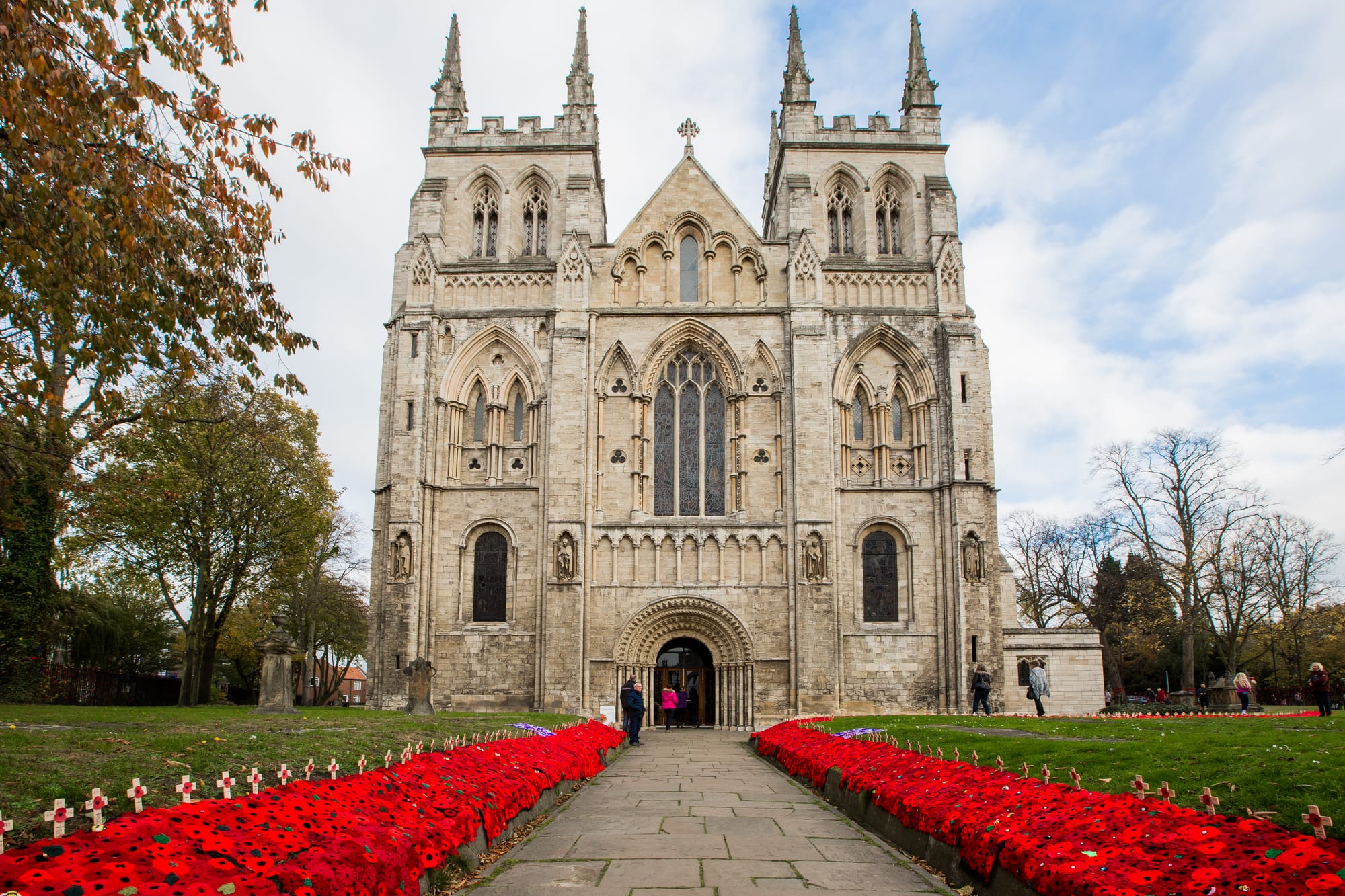
Selby Abbey
Unlike many others, Selby Abbey has survived largely intact and remains an active parish church. Founded in 1069, it boasts stunning stained glass windows and intricate architecture, reflecting its rich historical and spiritual heritage.
––––––––––
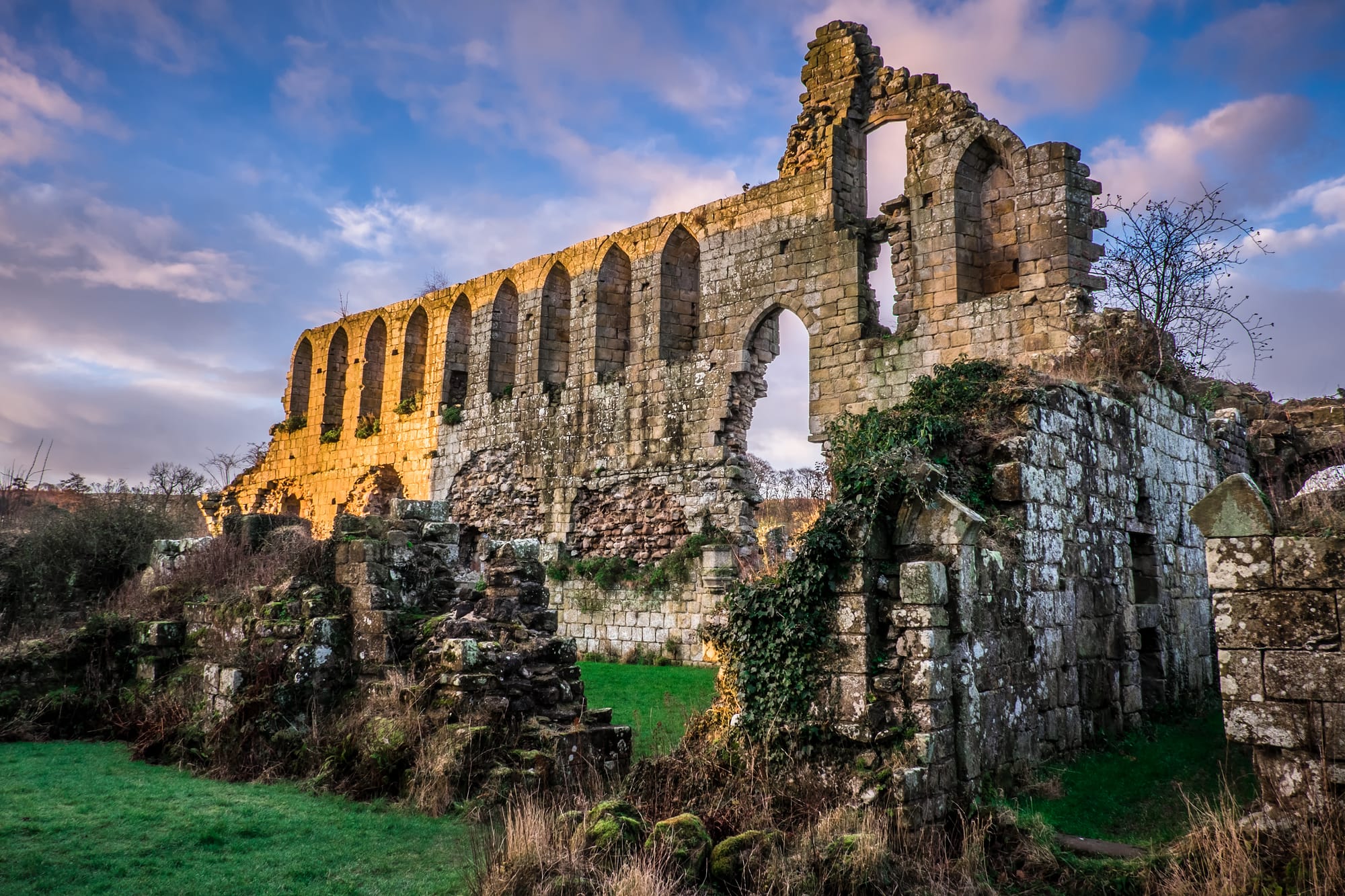
Jervaulx Abbey
These romantic ruins, set in a tranquil landscape, once housed a thriving Cistercian community known for its horse breeding. Founded in 1156, Jervaulx Abbey’s peaceful setting belies its rich and sometimes turbulent history.
––––––––––
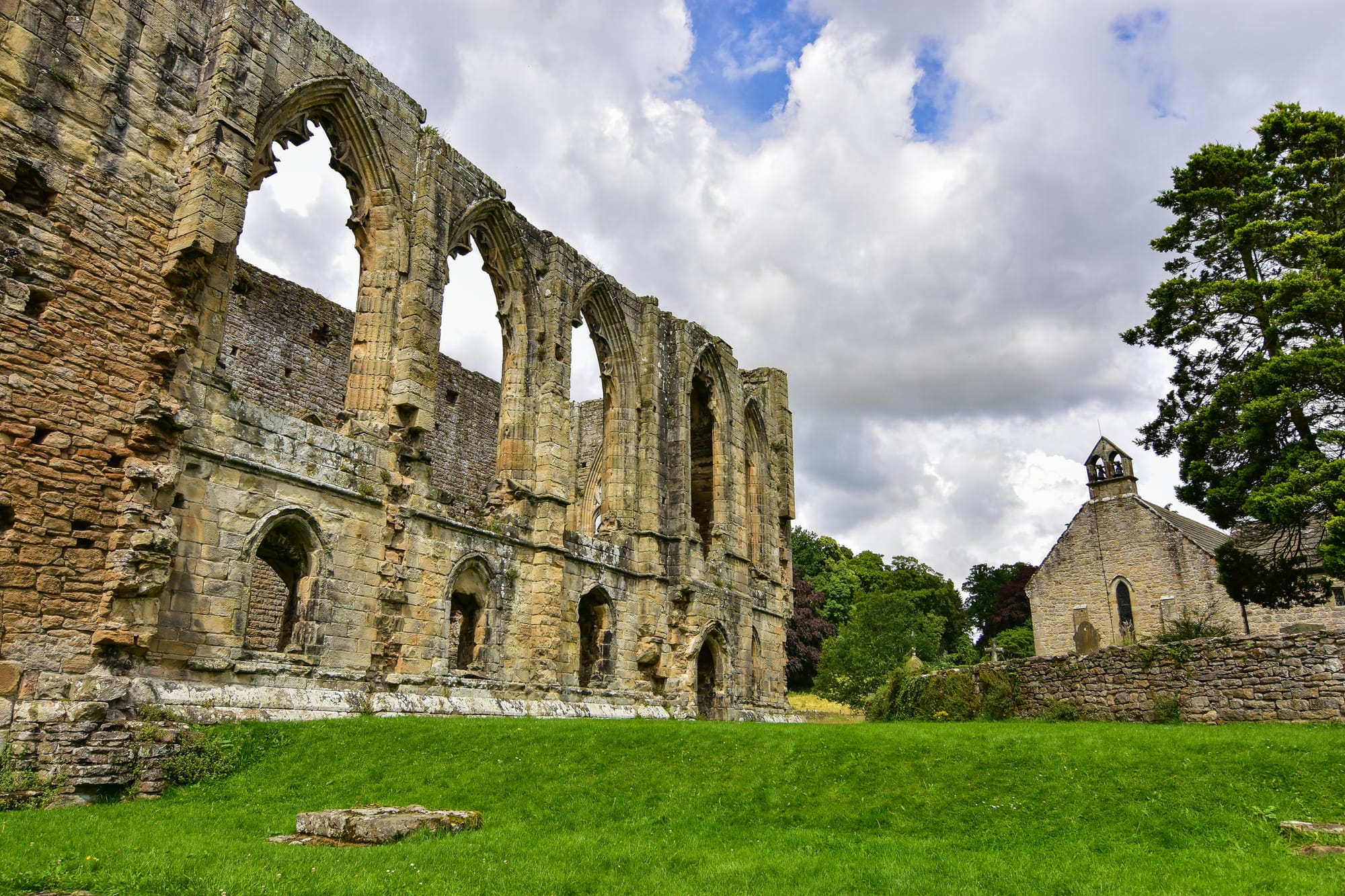
Easby Abbey
Nestled by the River Swale, Easby Abbey’s ruins are among the most picturesque in Yorkshire. Founded in 1152, its tranquil setting and well-preserved remnants, including a stunning refectory, offer a peaceful escape.
––––––––––
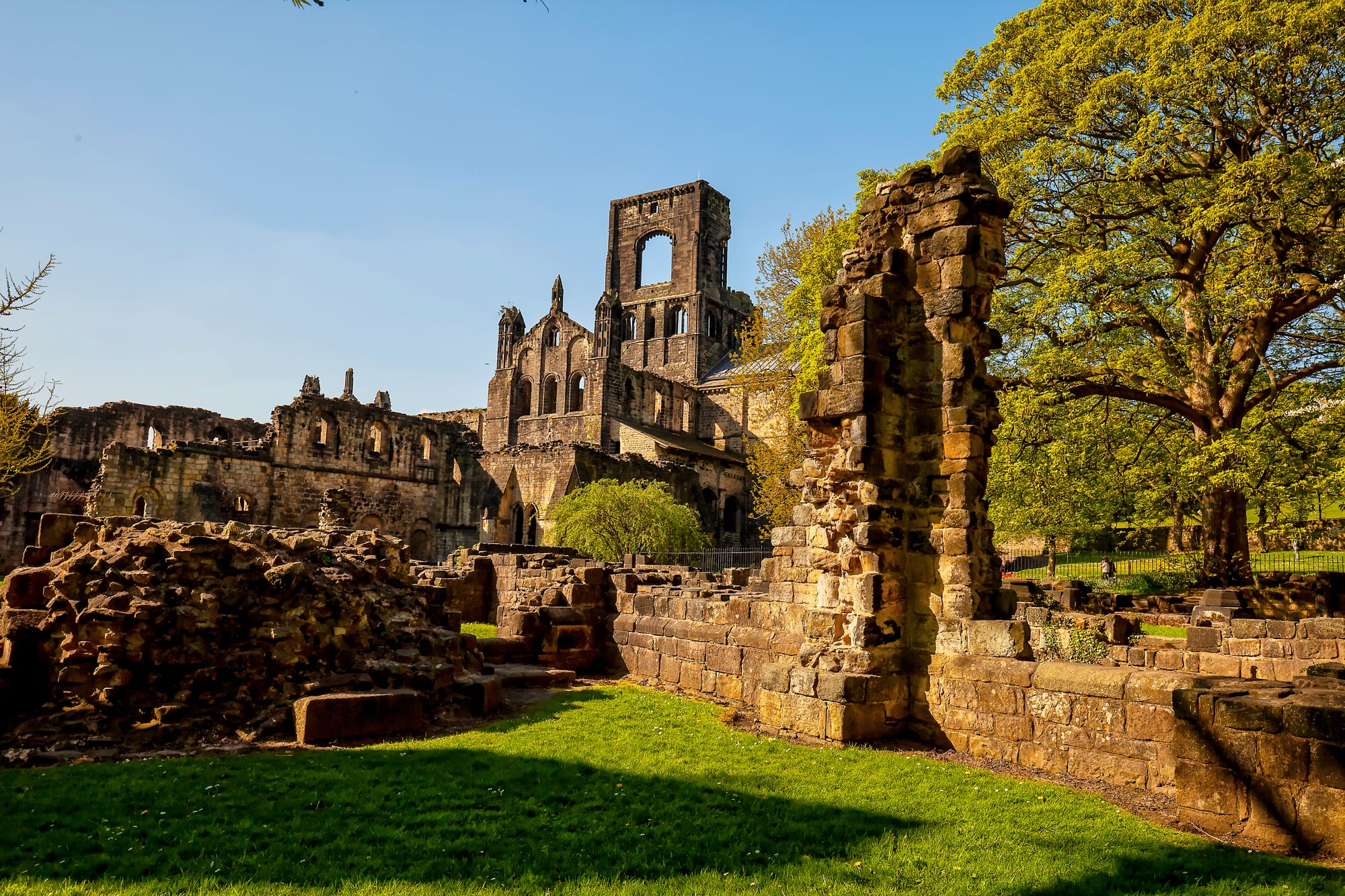
Kirkstall Abbey
Located near Leeds, Kirkstall Abbey’s well-preserved ruins provide a remarkable example of Cistercian architecture. Founded in 1152, it’s a popular spot for history enthusiasts and picnickers alike.
––––––––––
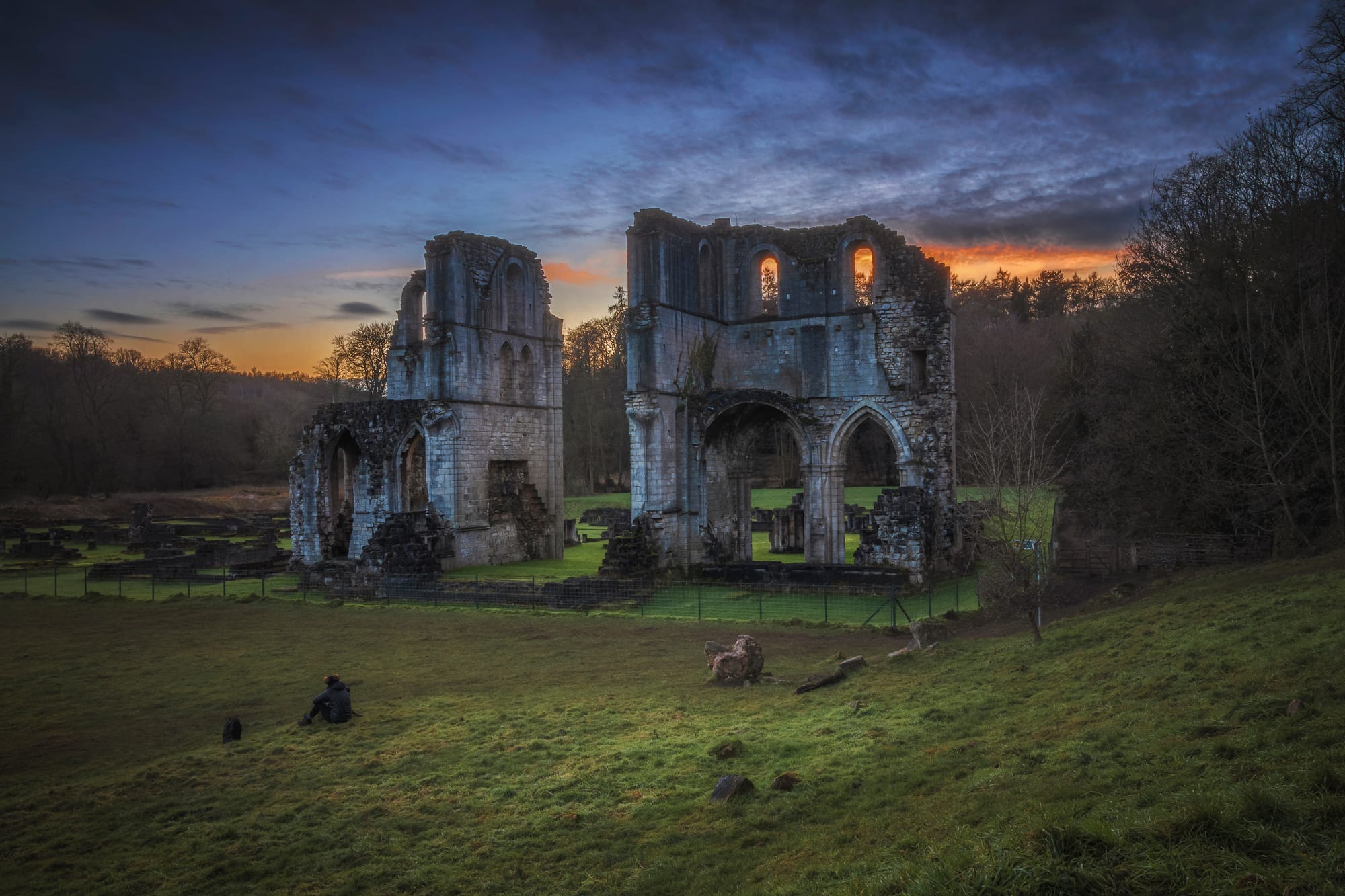
Roche Abbey
Hidden in a wooded valley, Roche Abbey’s ruins include beautiful Gothic structures from its 12th-century foundation. The tranquil site invites exploration of its serene landscape and historical remnants.
––––––––––
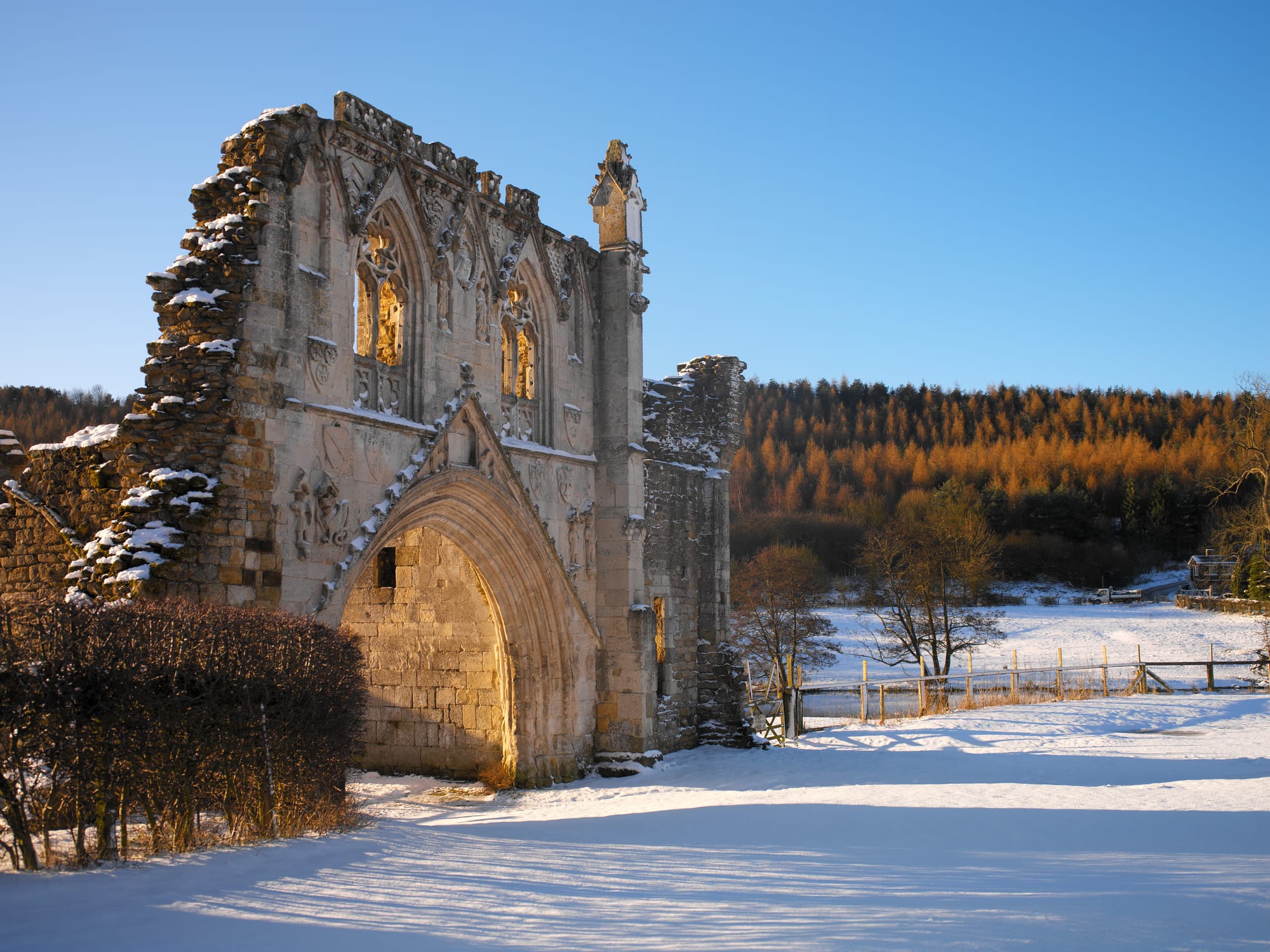
Kirkham Priory
Set in a picturesque location by the River Derwent, Kirkham Priory’s Augustinian ruins invite visitors to explore its tranquil beauty and storied past. Founded in 1121, the priory played a significant role in medieval monastic life and later served as a training site for D-Day tank crews during World War II.
Facts About The Abbeys In Yorkshire
- Founded in 1132, this abbey is one of the largest and best-preserved Cistercian monasteries in England. It was established by 13 monks seeking a simpler, purer lifestyle, and today it forms part of the UNESCO World Heritage Site "Studley Royal Park including the Ruins of Fountains Abbey."
- The dramatic coastal ruins of this abbey are renowned for inspiring Bram Stoker's "Dracula." The abbey was originally founded in 657 AD by the Anglo-Saxon king, Oswy of Northumbria, and it became a significant center of learning and religious activity.
- Nestled in a secluded valley, this abbey was the first Cistercian abbey in the North of England, founded in 1132. It became one of the wealthiest abbeys, known for its production of wool and its remarkable library.
- With its impressive Gothic architecture, this abbey was once one of the most powerful monasteries in Yorkshire. Its rose window served as the inspiration for the famous one at York Minster.
- Founded in 1088, this abbey was one of the richest Benedictine abbeys in England before its dissolution. Located in York’s Museum Gardens, it features extensive and picturesque ruins in the heart of the city.
- The ruins of this abbey are set amidst the stunning landscape of the Yorkshire Dales. The abbey is part of a large estate that includes over 80 miles of footpaths, offering a blend of history and nature.
- Founded in 1069, this abbey is notable for its unique and elaborate medieval stained glass, including the famous "Jesse Window." Unlike many other abbeys, it survived the Dissolution and remains an active parish church today.
- Known for its romantic ruins, this abbey was a center for Cistercian monastic life and noted for its dairy farming and horse breeding. It was founded in 1156 and its remnants are privately owned, making it a unique visit compared to other abbeys managed by heritage organizations.
- This lesser-known abbey, founded in 1212, belonged to the Premonstratensian order. Its remote location and picturesque ruins make it a peaceful retreat for visitors.
- Founded in 1152, this abbey is known for its beautiful location by the River Swale and its well-preserved refectory. The abbey is also famous for its wall paintings which are among the finest examples of medieval art in Yorkshire.
- Located near Leeds, this abbey is one of the best-preserved Cistercian monasteries in England. It was founded in 1152 and features an impressive church and a range of monastic buildings, all set within a public park.
- Founded in 1147, this abbey is situated in a tranquil wooded valley. Its ruins include beautiful examples of Gothic architecture, and the site is notable for its serene and picturesque setting.
Gallery
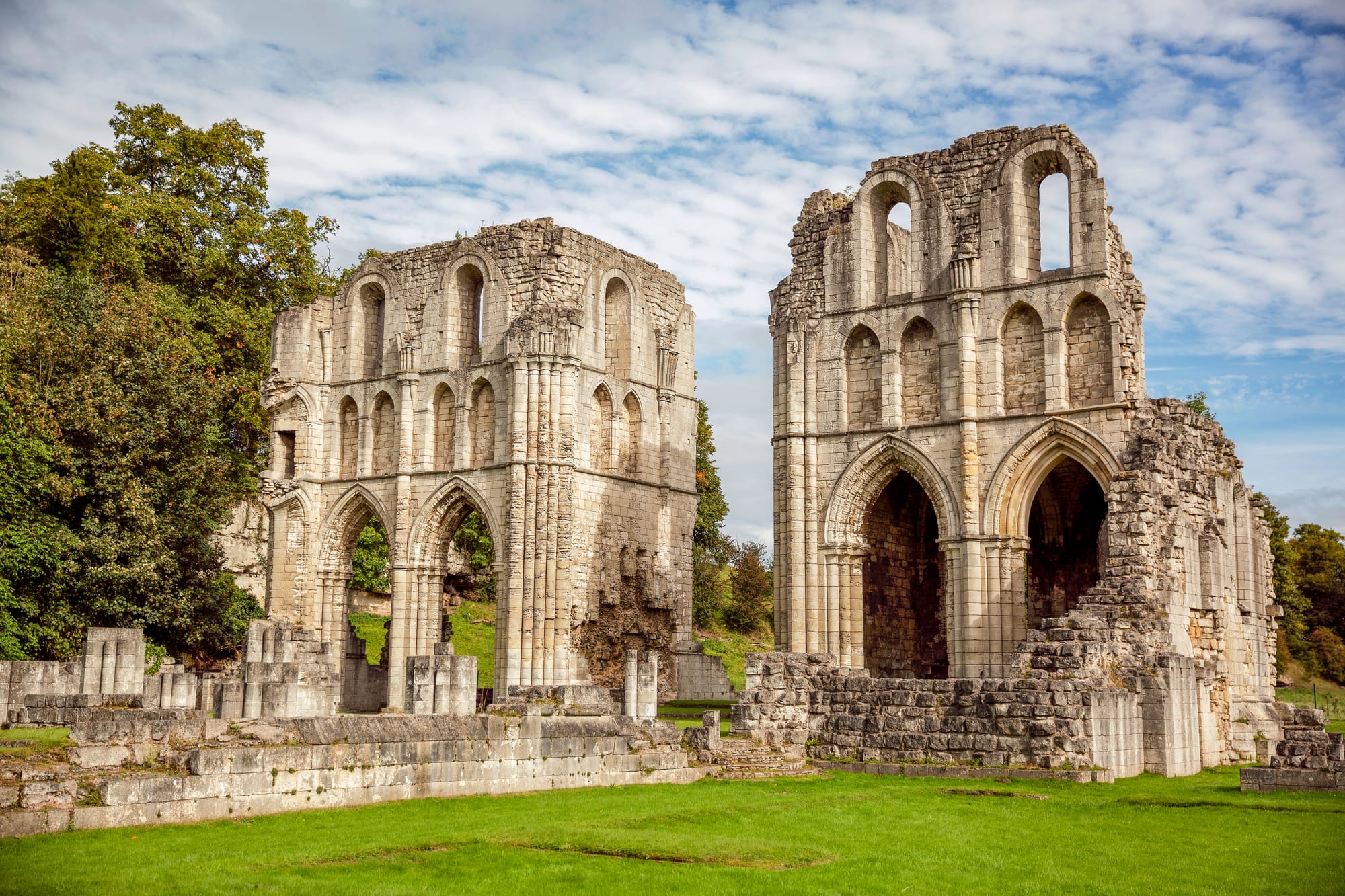
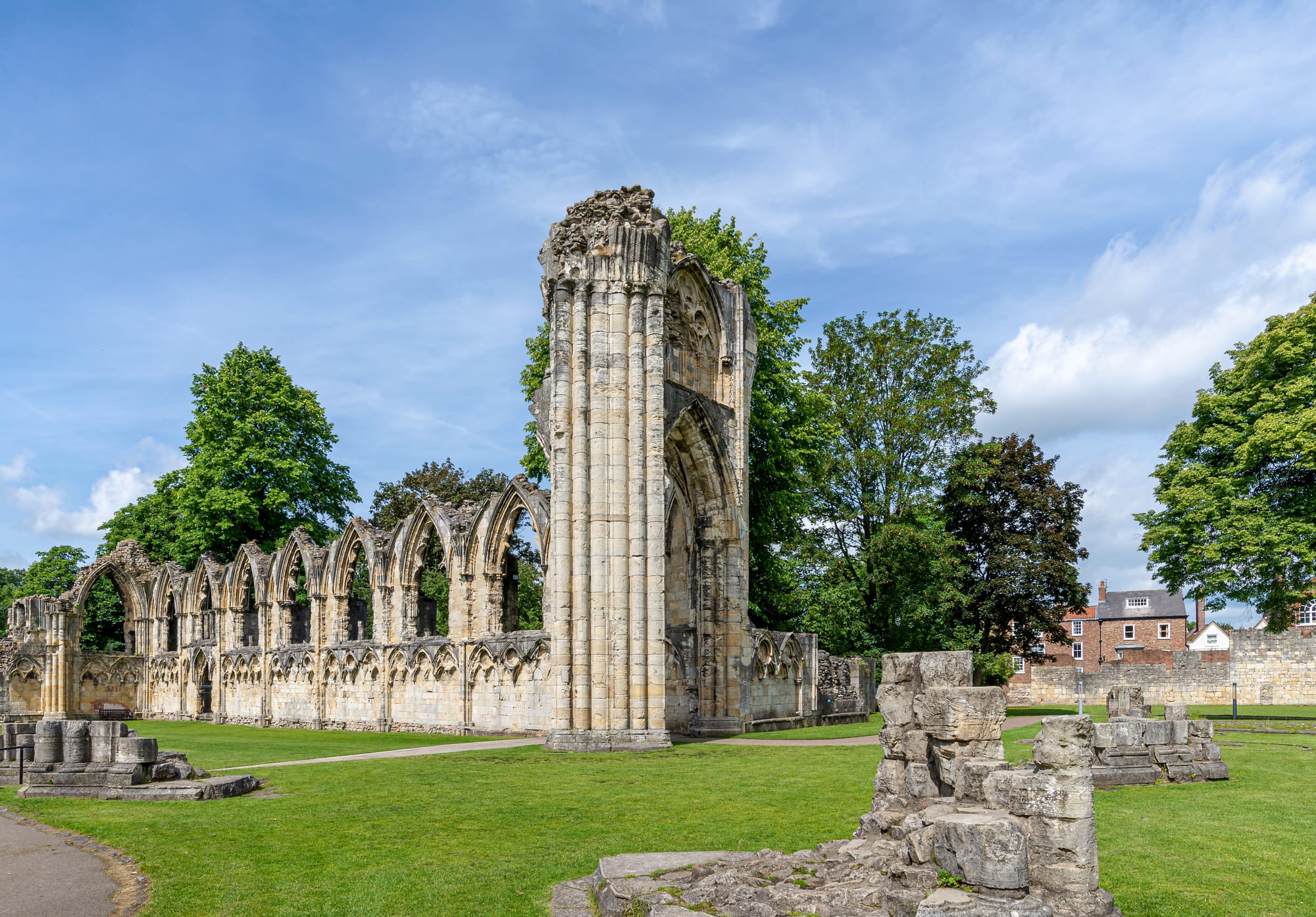
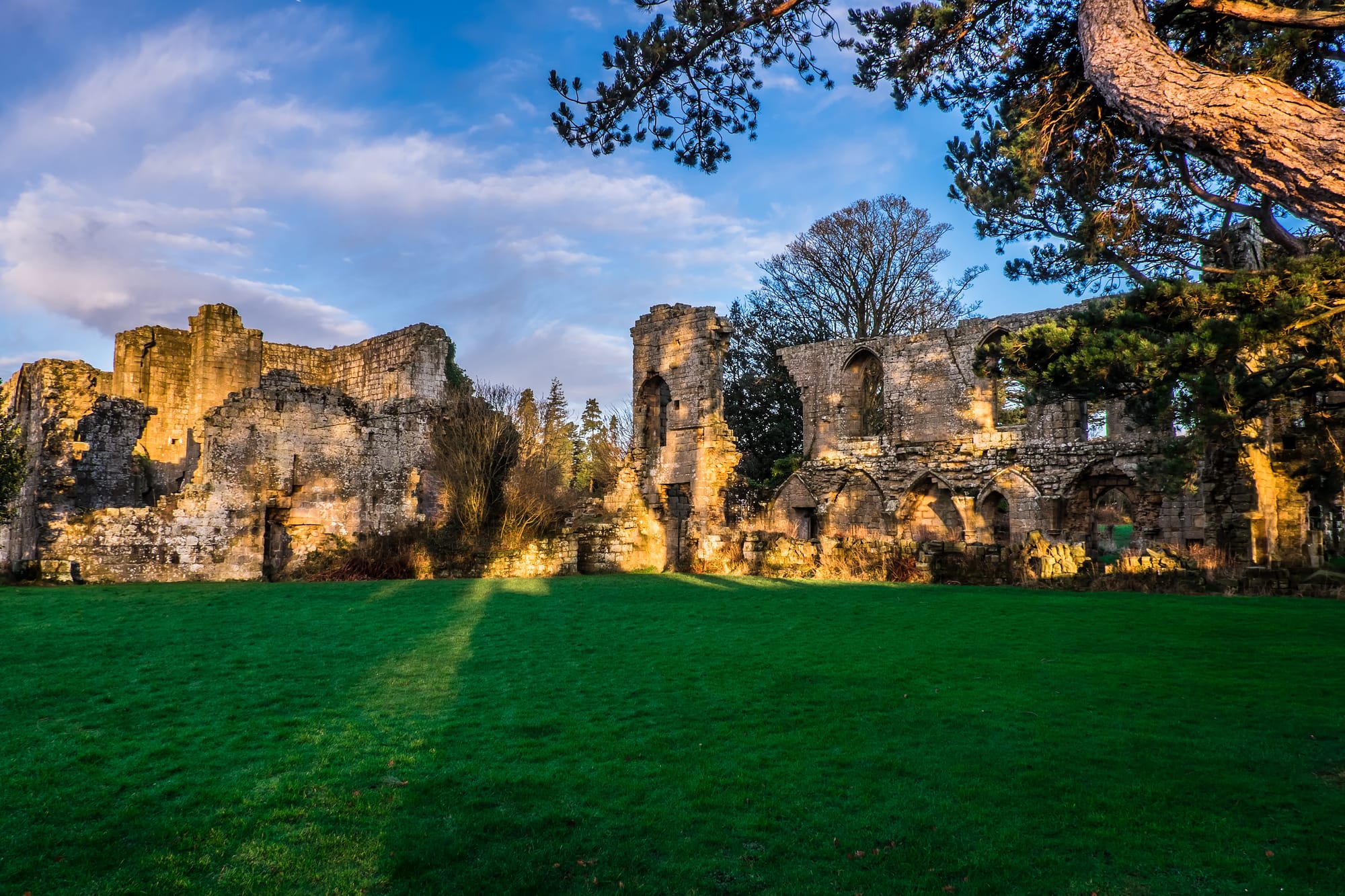
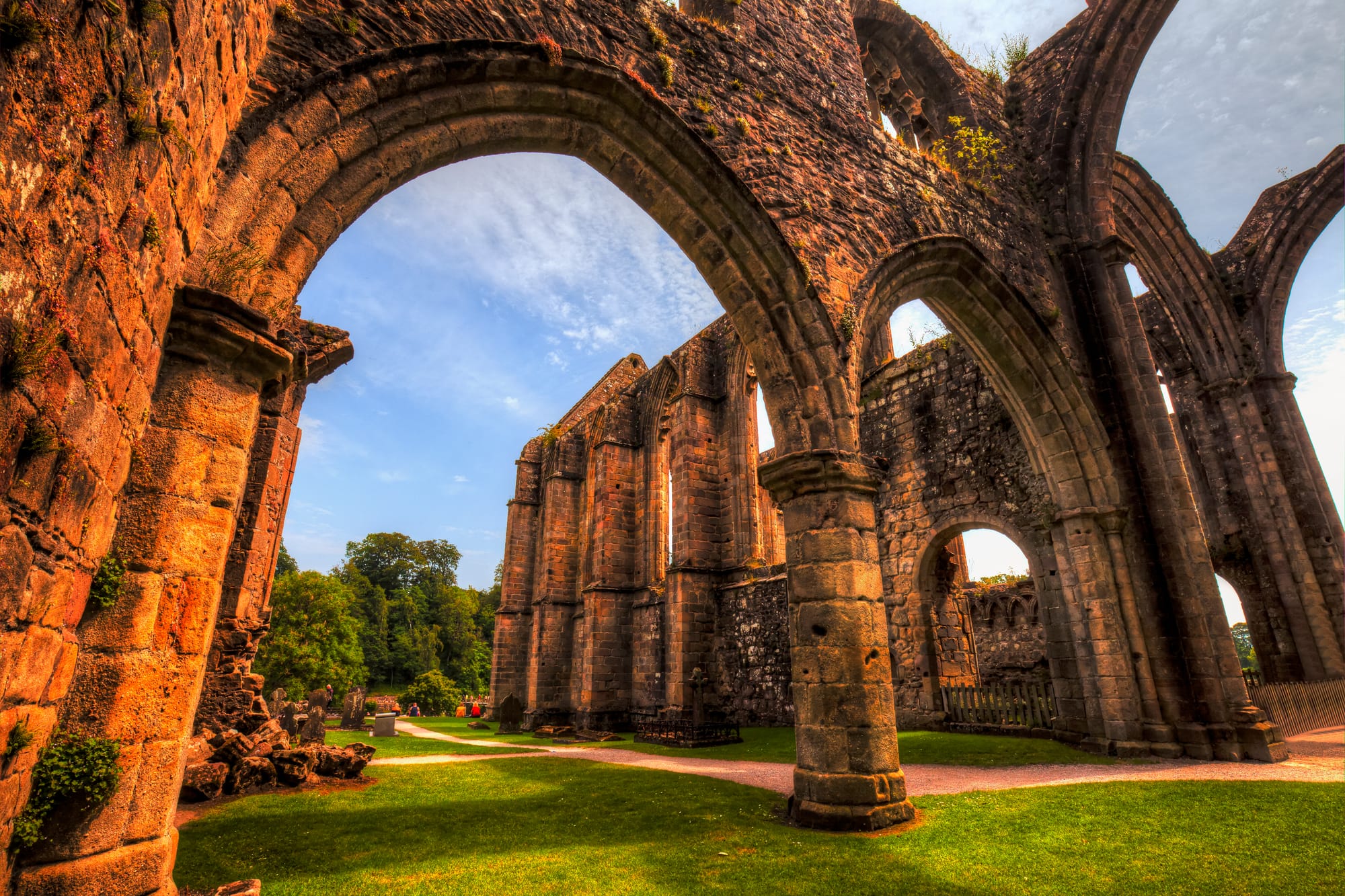
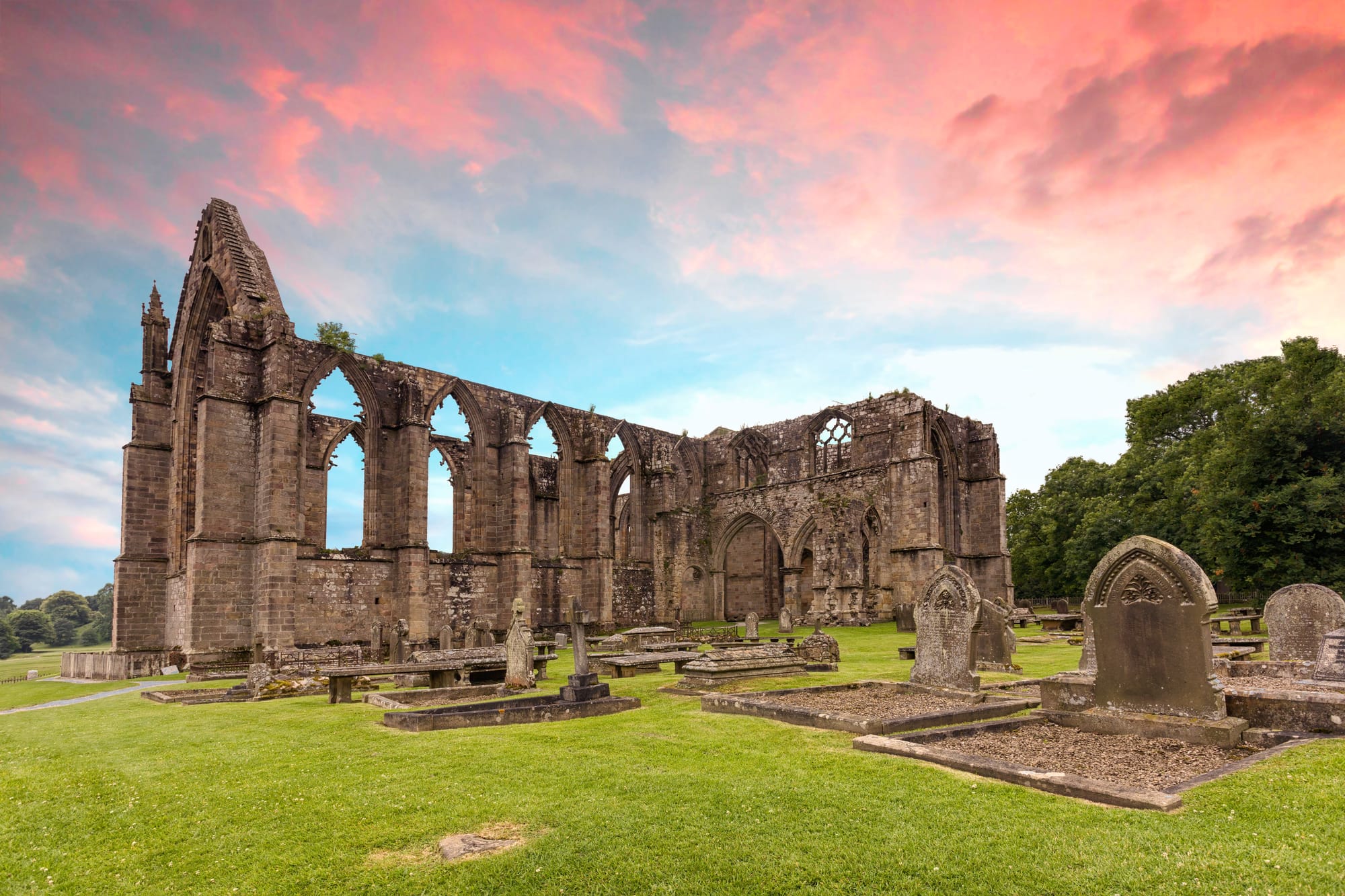
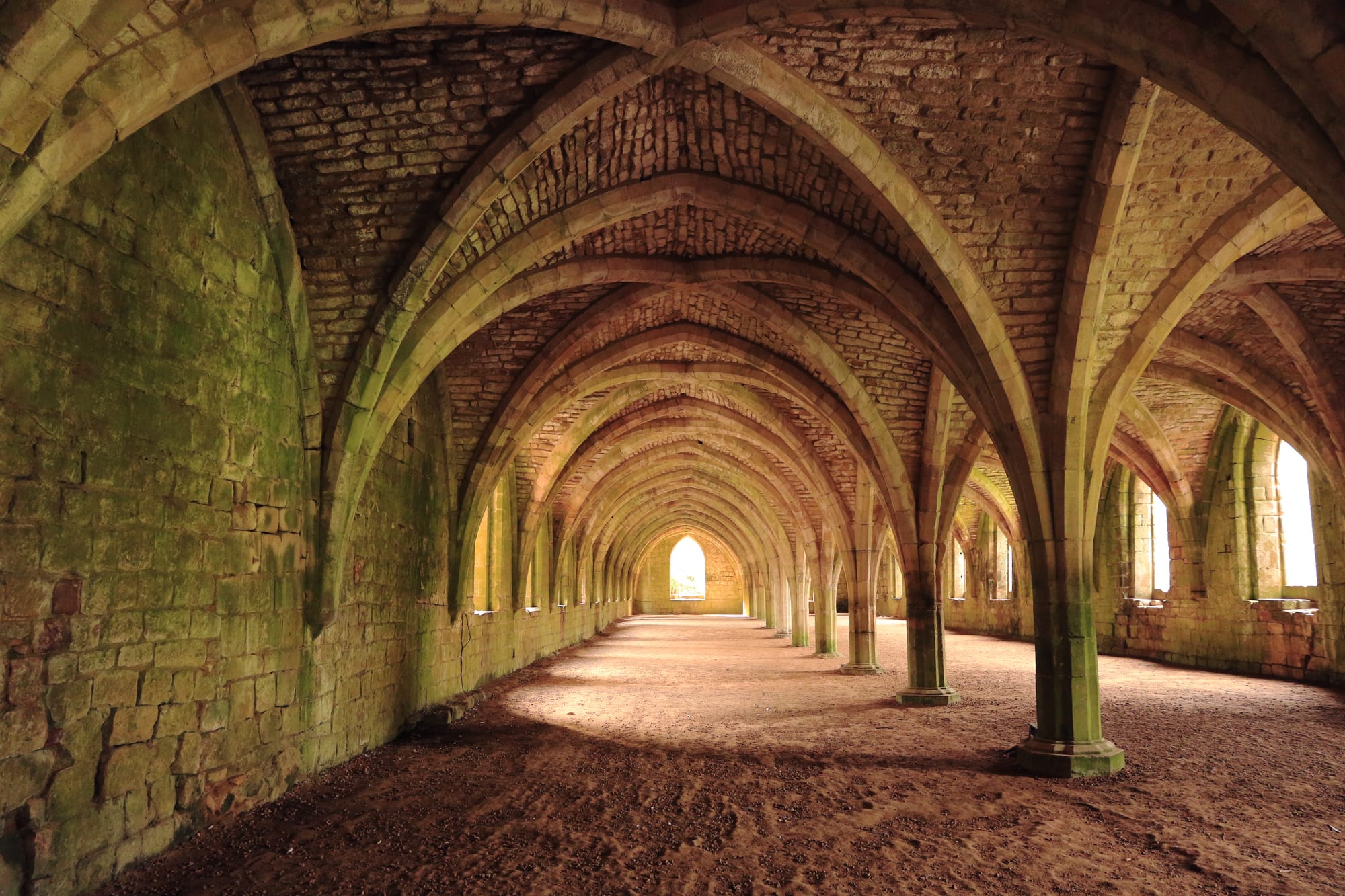
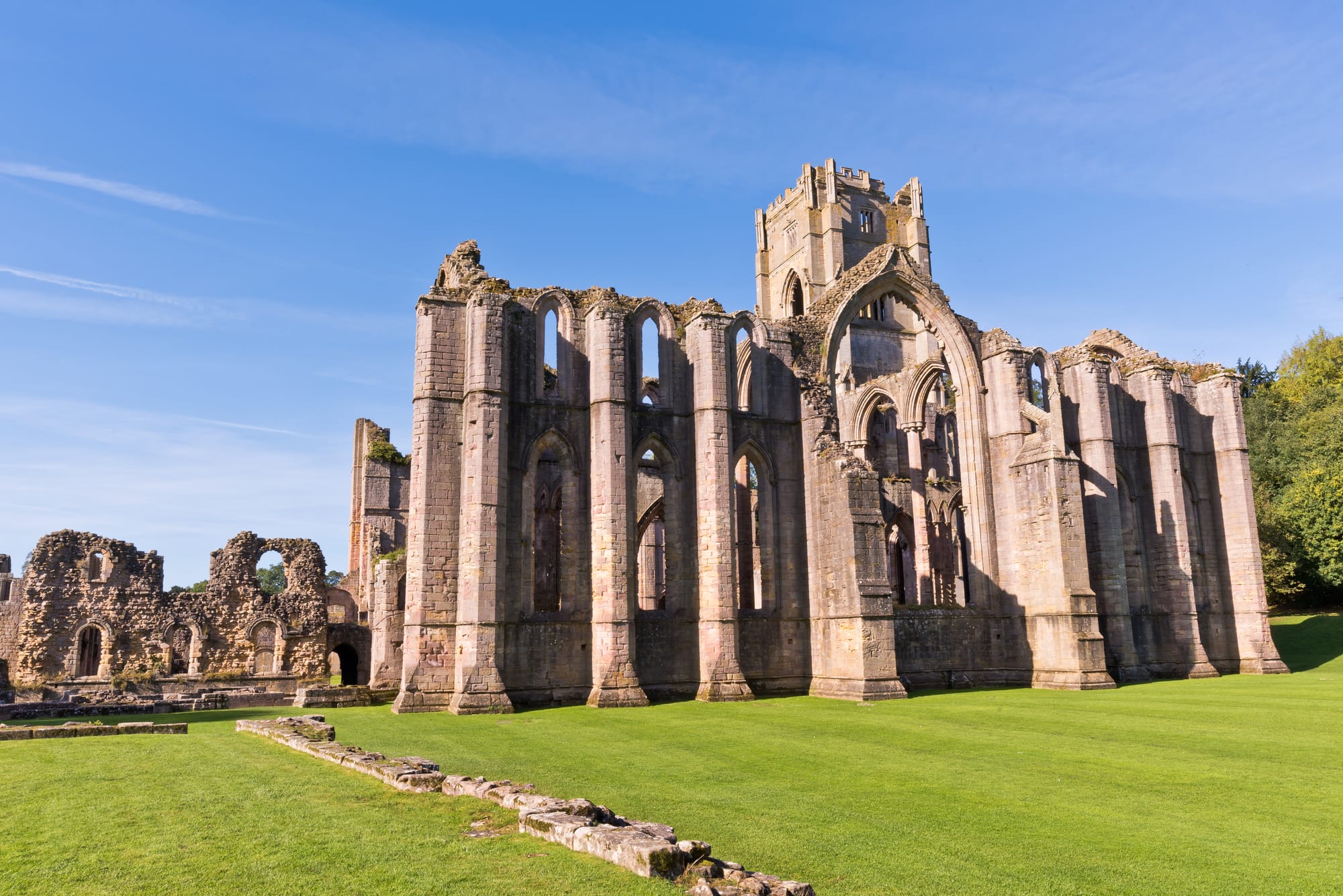
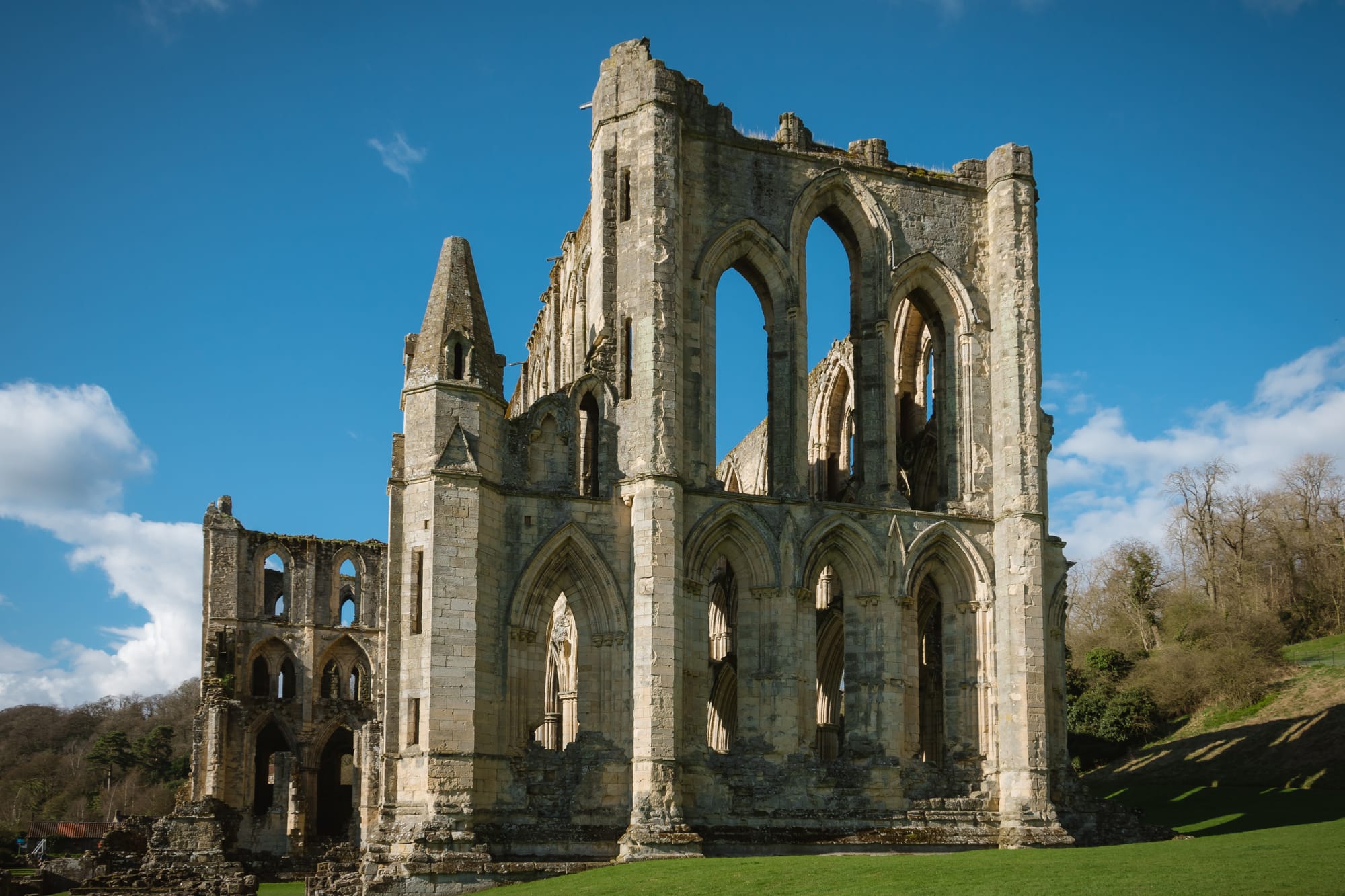
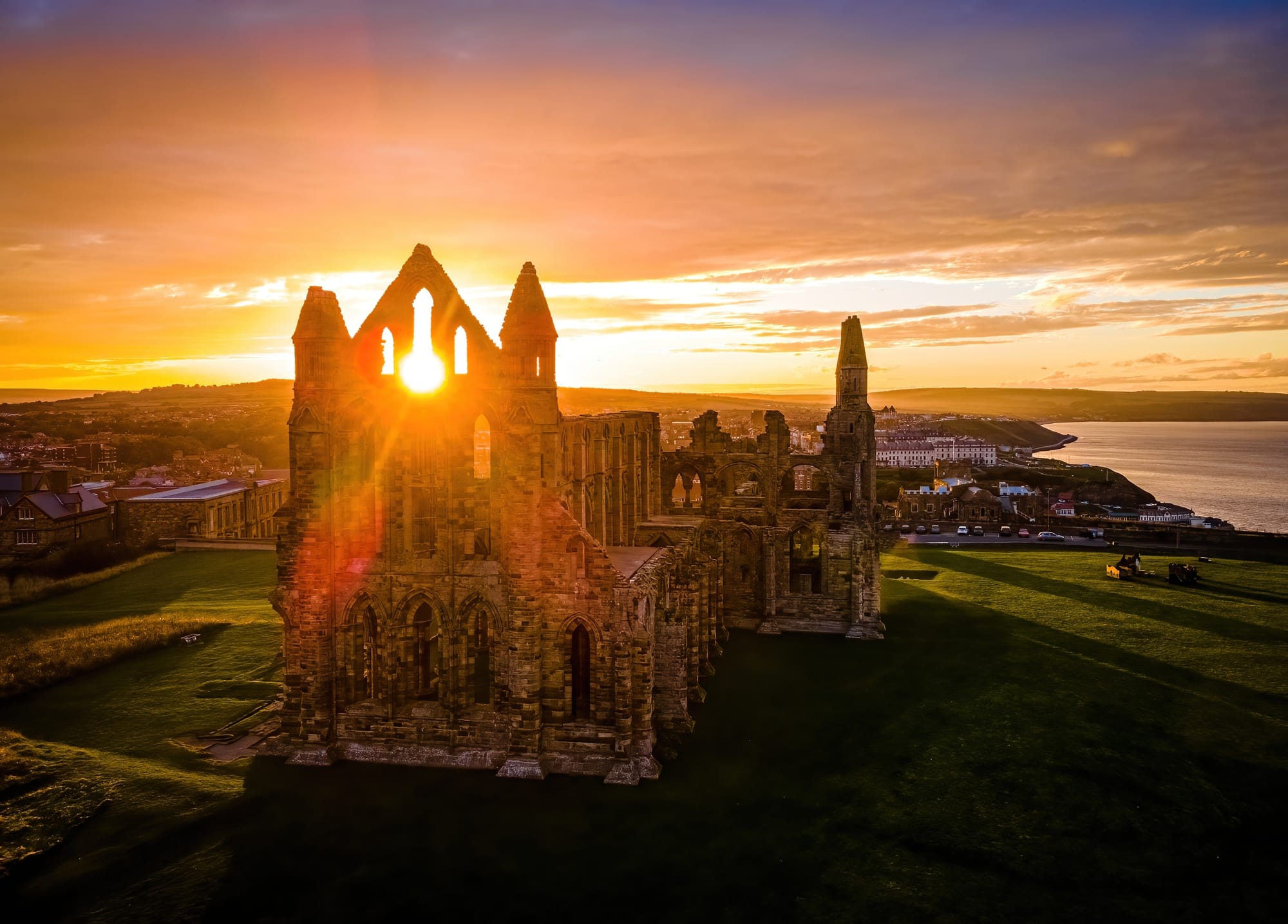
Frequently Asked Questions
Yorkshire is home to a rich array of historic abbeys, each with its unique story and architectural beauty. This FAQ provides answers to common questions about these abbeys, offering insights into their historical significance, architectural styles, and visitor experiences.
What are the most famous abbeys in Yorkshire?
Yorkshire is home to several renowned abbeys, including Fountains Abbey, one of the largest and best-preserved Cistercian monasteries in England; Whitby Abbey, famous for its dramatic coastal location and literary connections to "Dracula"; Rievaulx Abbey, a tranquil and well-preserved Cistercian abbey nestled in a serene valley; and Bolton Abbey, known for its beautiful ruins and scenic location in the Yorkshire Dales.
What historical significance do Yorkshire abbeys hold?
Yorkshire abbeys played crucial roles in religious, economic, and social life during the medieval period. Many were centers of agricultural production, education, and manuscript preservation. Their dissolution under Henry VIII dramatically impacted local communities and the landscape.
Can you visit the ruins of these abbeys today?
Yes, many abbeys in Yorkshire are open to the public and managed by organizations like English Heritage or the National Trust. They often feature visitor centers, guided tours, and informative displays about their history and significance.
Are there any annual events or activities at these abbeys?
Many abbeys host annual events such as historical reenactments, music concerts, art exhibitions, and seasonal festivities. For example, Fountains Abbey often holds Christmas events, and Whitby Abbey hosts Gothic festivals inspired by its literary connections.
What architectural styles are common in Yorkshire abbeys?
Yorkshire abbeys typically feature Gothic and Romanesque architectural styles. Common elements include large stone structures, pointed arches, ribbed vaults, and expansive windows. Many abbeys also have significant ruins of their cloisters, chapter houses, and refectories.
How did the Dissolution of the Monasteries affect Yorkshire abbeys?
The Dissolution of the Monasteries, initiated by Henry VIII in the 1530s, led to the closure and dismantling of many abbeys. Their lands were seized, and their buildings were often stripped of valuable materials. This event significantly altered the religious and economic landscape of Yorkshire.
Which abbey in Yorkshire is associated with Dracula?
Whitby Abbey is famously associated with Bram Stoker’s "Dracula". The abbey’s dramatic ruins and coastal location provided the inspiration for some of the novel’s settings and atmosphere.
Are there any surviving abbeys still functioning as religious sites?
Selby Abbey is one of the few abbeys in Yorkshire that survived the Dissolution and continues to function as a parish church. It remains an active site of worship and a significant historical landmark.
What are some lesser-known abbeys in Yorkshire worth visiting?
While famous abbeys attract many visitors, lesser-known sites like Byland Abbey, Jervaulx Abbey, and Easby Abbey offer equally captivating experiences. These sites often provide a more peaceful and intimate exploration of Yorkshire’s monastic heritage.
How can one learn more about the history of these abbeys?
Many of the abbeys have visitor centers with exhibitions, informative displays, and guided tours. Additionally, resources like the English Heritage and National Trust websites provide detailed historical accounts and visitor information.
